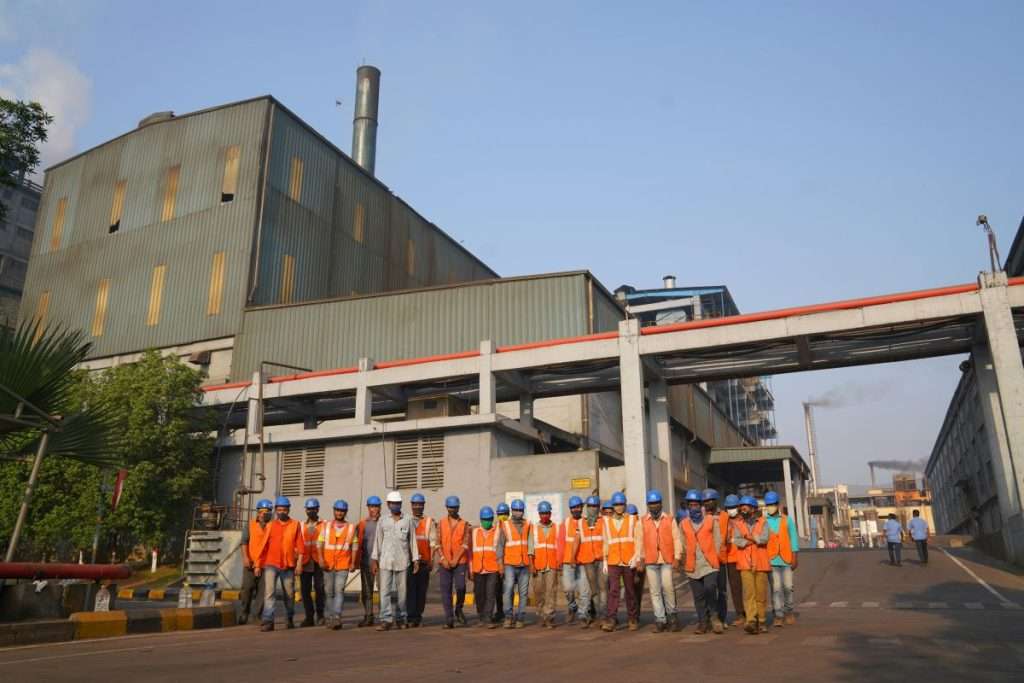In the face of escalating geopolitical tensions, regulatory constraints, and concerns over human rights, companies worldwide are rethinking their dependence on Chinese manufacturing. This has given birth to the “Anywhere But China” (ABC) strategy, where organizations are actively seeking to diversify their supply chains to other countries.
Washington D.C. has become a focal point for this shift, with bipartisan support for reducing reliance on China. Trade policies and legislative actions are influencing corporate decisions, pushing companies to explore new markets. The U.S. government has implemented tariffs, imposed restrictions on certain Chinese goods, and raised concerns over intellectual property theft and forced labor practices.
However, transitioning away from China is not without its challenges. China’s dominance in global manufacturing is a result of decades of investment in infrastructure, technology, and workforce development. The country accounts for about 28% of global manufacturing trade and is a leader in sectors like electronics, textiles, and machinery. Its extensive logistics networks, advanced port facilities, and efficient supply chain ecosystems are difficult to replicate elsewhere.
Moreover, some companies attempting to move production to other countries find themselves dealing with Chinese-owned suppliers operating in those new locations, effectively maintaining ties with China despite their efforts. This underlines the complexity of completely disentangling from China’s deeply integrated global supply chains.
India’s Ambitious Vision: Opportunities and Obstacles
India is positioning itself as a key contender in the race to become the next global manufacturing hub. The government has launched initiatives to enhance both physical and digital infrastructure, aiming to attract foreign investment and boost industrial growth.
Strategic Investments and Sector Focus
India is not just targeting incremental gains in traditional manufacturing sectors; it is aiming for transformational growth in high-value industries. The country is investing in sectors like semiconductors, aerospace, defense technology, electric vehicles, and critical minerals. By focusing on these big-ticket industries, India hopes to leapfrog into advanced manufacturing and technology sectors, creating a catalyst for broader economic development.
The government’s ‘Make in India’ initiative and the development of industrial corridors are designed to streamline processes and provide incentives for foreign companies. India is also working to improve its ease of doing business rankings by simplifying regulations and reducing bureaucratic hurdles.
Challenges in the Indian Business Environment
Despite these efforts, India faces significant challenges that could impede its ambitions:
- Regulatory Complexity: The business environment is often hindered by bureaucratic red tape, complex tax structures, and stringent compliance requirements. Navigating the legal and regulatory landscape can be time-consuming and costly.
- Land Acquisition Issues: Securing land for industrial purposes can be fraught with legal complications and delays. Property rights, environmental clearances, and local opposition can stall projects indefinitely.
- Skill Gaps in the Workforce: While India has a vast labor pool, there is a need for skill development to meet the demands of advanced manufacturing sectors. Training and upskilling the workforce is essential for productivity and quality standards.
- Infrastructure Bottlenecks: Although significant investments are being made, India’s infrastructure still lags behind that of China. Port capacity, road networks, and logistics efficiency need further enhancement to support large-scale manufacturing and exports.
- Political and Policy Stability: While Prime Minister Modi’s re-election provides some continuity, internal political dynamics and policy execution remain areas to watch. Companies must stay informed about domestic policies that could impact business operations, such as labor laws, environmental regulations, and trade agreements.
Navigating Geopolitical Considerations
India’s geopolitical stance adds another layer of complexity. The country’s non-aligned positions on certain global issues, such as its relationships with Russia and China, can create uncertainties. For instance, India’s decision to maintain trade relations with Russia amid global sanctions raises questions about its alignment with Western policies.
Moreover, China’s investments in neighboring countries mean that companies aiming to avoid Chinese influence must carefully assess their supply chain partners. In some cases, Chinese firms have significant stakes in industries across Asia, potentially undermining efforts to diversify.
Strategic Approaches for Supply Chain Leaders
For supply chain leaders considering India, a nuanced and strategic approach is essential:
- Joint Ventures and Partnerships: Collaborating with local firms can help navigate regulatory complexities and cultural nuances. Joint ventures can also provide access to established networks and resources.
- Incremental Transition: Rather than a complete shift, companies might consider a phased approach, gradually increasing their presence in India while maintaining some operations in China to mitigate risk.
- Investment in Skill Development: Companies may need to invest in training programs to develop the necessary skills within the local workforce, ensuring that quality and productivity standards are met.
- Engagement with Government Initiatives: Leveraging government incentives and participating in policy dialogues can enhance alignment with national objectives and potentially ease operational challenges.
- Risk Assessment and Compliance: Rigorous due diligence is crucial to avoid pitfalls related to land acquisition, legal disputes, and regulatory compliance. Engaging local legal expertise can be beneficial.
The shift from China presents both opportunities and challenges for global supply chains. India’s potential as a manufacturing hub is significant, but realizing this potential requires careful navigation of the country’s complex business environment. Supply chain leaders must weigh the strategic advantages against the operational hurdles, adopting tailored approaches that align with their organizational goals.
By leveraging India’s strengths—a vast labor pool, growing consumer market, and government support—while proactively addressing its challenges, companies can position themselves for sustainable growth. The journey toward a diversified and resilient supply chain is complex, but with informed strategies, India could very well be the next frontier in global manufacturing.







